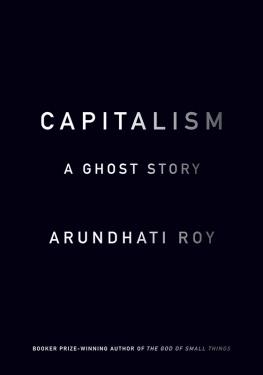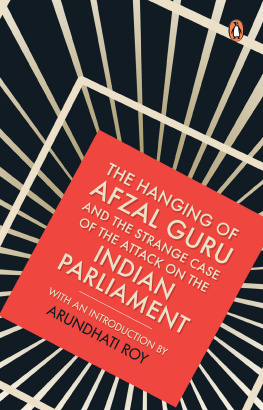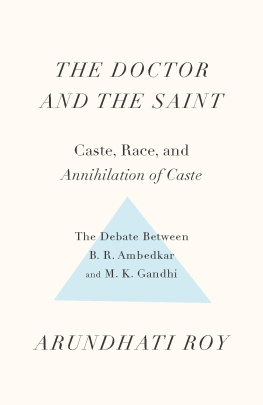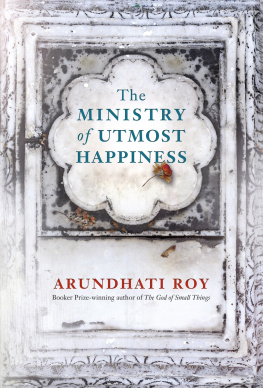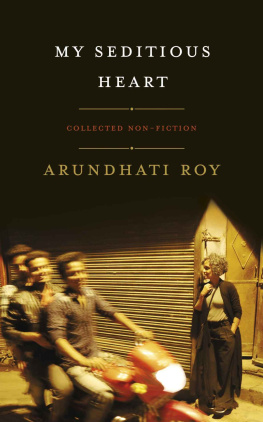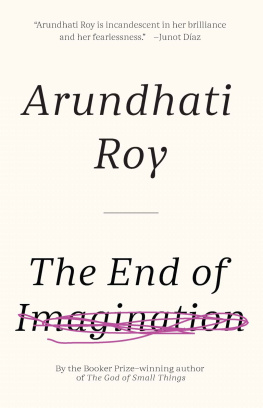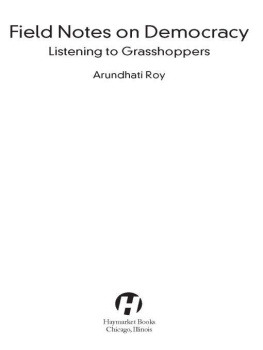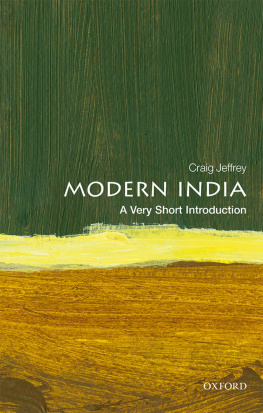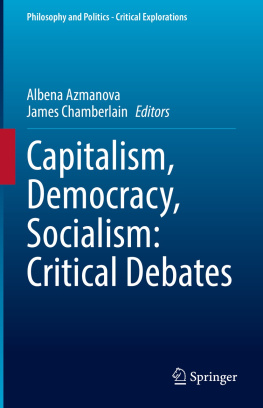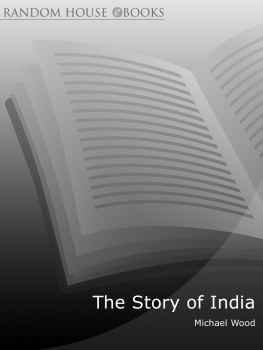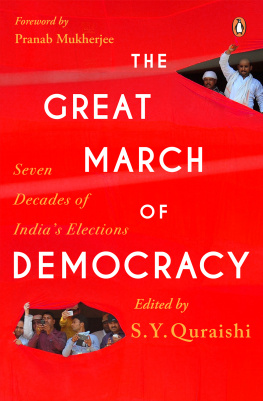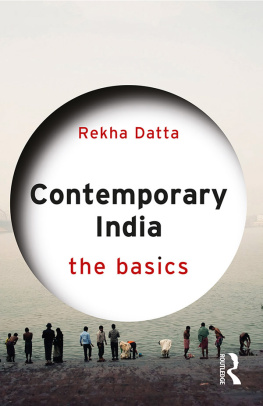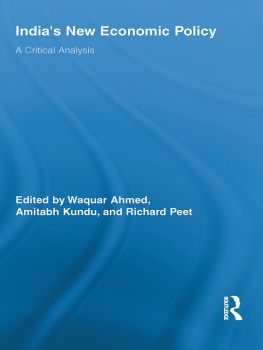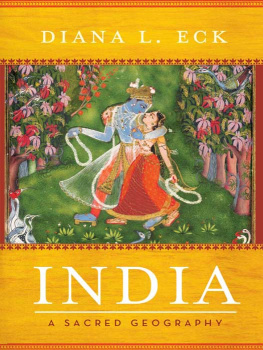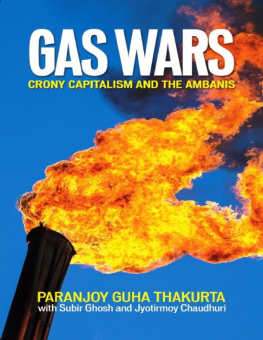Contents
First published by Haymarket Books in 2014
2014 Arundhati Roy
Haymarket Books
P.O. Box 180165, Chicago, IL60618
773-583-7884
info@haymarketbooks.org
www.haymarketbooks.org
ISBN: 978-160846-385-5
Trade distribution:
In the US, through Consortium Book Sales and Distribution, www.cbsd.com
In Canada, through Publishers Group Canada, www.pgcbooks.ca
Special discounts are available for bulk purchases by organizations and institutions. Please contact Haymarket Books for more information at 773-583-7884 or info@haymarketbooks.org.
This book was published with the generous support of Lannan Foundation and the Wallace Action Fund.
Cover design by Abby Weintraub.
Library of Congress CIP data is available.
Chapter 4
KASHMIRS FRUITS OF DISCORD
A week before he was elected in 2008, President Obama said that solving the dispute over Kashmirs struggle for self-determinationwhich has led to three wars between India and Pakistan since 1947would be among his critical tasks. His remarks were greeted with consternation in India, and he has said almost nothing about Kashmir since then.
But on Monday, November 8, 2010, during his visit here, he pleased his hosts immensely by saying the United States would not intervene in Kashmir and announcing his support for Indias seat on the UN Security Council. While he spoke eloquently about threats of terrorism, he kept quiet about human rights abuses in Kashmir.
Whether Obama decides to change his position on Kashmir again depends on several factors: how the war in Afghanistan is going, how much help the United States needs from Pakistan, and whether the government of India goes aircraft shopping this winter. (An order for ten Boeing C-17 Globemaster III aircraft, worth $5.8 billion, among other huge business deals in the pipeline, may ensure the presidents silence.) But neither Obamas silence nor his intervention is likely to make the people in Kashmir drop the stones in their hands.
I was in Kashmir ten days ago, in that beautiful valley on the Pakistani border, home to three great civilizationsIslamic, Hindu, and Buddhist. Its a valley of myth and history. Some believe that Jesus died there, others that Moses went there to find the Lost Tribe. Millions worship at the Hazratbal shrine, where a few days a year a hair of the Prophet Muhammad is displayed to believers.
Now Kashmir, caught between the influence of militant Islam from Pakistan and Afghanistan, Americas interests in the region, and Indian nationalism (which is becoming increasingly aggressive and Hinduized), is considered a nuclear flash point. It is patrolled by more than 500,000 soldiers and has become the most highly militarized zone in the world.
The atmosphere on the highway between Kashmirs capital, Srinagar, and my destination, the little apple town of Shopian in the South, was tense. Groups of soldiers were deployed along the highway, in the orchards, in the fields, on the rooftops, and outside shops in the little market squares. Despite months of curfew, the stone pelters calling for azadi (freedom), inspired by the Palestinian intifada, were out again. Some stretches of the highway were covered with so many of these stones that you needed an SUV to drive over them.
Fortunately the friends I was with knew alternative routes down the back lanes and village roads. The long cut gave me the time to listen to their stories of this years uprising. The youngest, still a boy, told us that when three of his friends were arrested for throwing stones, the police pulled out their fingernailsevery nail, on both hands.
For three years in a row now, Kashmiris have been in the streets protesting what they see as Indias violent occupation. But the militant uprising against the Indian government that began with the support of Pakistan twenty years ago is in retreat. The Indian army estimates that there are fewer than five hundred militants operating in the Kashmir Valley today. The war has left seventy thousand dead and tens of thousands debilitated by torture. Many, many thousands have disappeared. More than 200,000 Kashmiri Hindus have fled the valley. Though the number of militants has come down, the number of Indian soldiers deployed remains undiminished.
But Indias military domination ought not to be confused with a political victory. Ordinary people armed with nothing but their fury have risen up against the Indian security forces. A whole generation of young people who have grown up in a grid of checkpoints, bunkers, army camps, and interrogation centers, whose childhood was spent witnessing catch and kill operations, whose imaginations are imbued with spies, informers, unidentified gunmen, intelligence operatives, and rigged elections, has lost its patience as well as its fear. With an almost mad courage, Kashmirs young have faced down armed soldiers and taken back their streets.
Since April, when the army killed three civilians and then passed them off as terrorists, masked stone throwers, most of them students, have brought life in Kashmir to a grinding halt. The Indian government has retaliated with bullets, curfew, and censorship. Just in the last few months, 111 people have been killed, most of them teenagers; more than 3,000 have been wounded and 1,000 arrested.
But still they come out, the young, and throw stones. They dont seem to have leaders or belong to a political party. They represent themselves. And suddenly the second-largest standing army in the world doesnt quite know what to do. The Indian government doesnt know with whom to negotiate. And many Indians are slowly realizing they have been lied to for decades. The once solid consensus on Kashmir suddenly seems a little fragile.
I was in a bit of trouble the morning we drove to Shopian. A few days earlier, at a public meeting in Delhi, I said that Kashmir was disputed territory and, contrary to the Indian governments claims, it couldnt be called an integral part of India. Outraged politicians and news anchors demanded that I be arrested for sedition. The government, terrified of being seen as soft, issued threatening statements, and the situation escalated. Day after day, on prime-time news, I was being called a traitor, a white- collar terrorist, and several other names reserved for insubordinate women. But sitting in that car on the road to Shopian, listening to my friends, I could not bring myself to regret what I had said in Delhi.
We were on our way to visit a man called Shakeel Ahmed Ahangar. The previous day he had come all the way to Srinagar, where I had been staying, to press me, with an urgency that was hard to ignore, to visit Shopian.
I first met Shakeel in June 2009, only a few weeks after the bodies of Nilofar, his twenty-two-year-old wife, and Asiya, his seventeen-year-old sister, were found lying a thousand yards apart in a shallow stream in a high-security zonea floodlit area between army and state police camps. The first postmortem report confirmed rape and murder. But then the system kicked in. New autopsy reports overturned the initial findings, and after the ugly business of exhuming the bodies, rape was ruled out. It was declared that in both cases the cause of death was drowning. Protests shut Shopian down for forty-seven days, and the valley was convulsed with anger for months. Eventually it looked as though the Indian government had managed to defuse the crisis. But the anger over the killings has magnified the intensity of this years uprising.
Shakeel wanted us to visit him in Shopian because he was being threatened by the police for speaking out, and he hoped our visit would demonstrate that people even outside of Kashmir were looking out for him, that he was not alone.
It was apple season in Kashmir, and as we approached Shopian we could see families in their orchards, busily packing apples into wooden crates in the slanting afternoon light. I worried that a couple of the little red-cheeked children who looked so much like apples themselves might be crated by mistake. The news of our visit had preceded us, and a small knot of people were waiting on the road.
Next page
